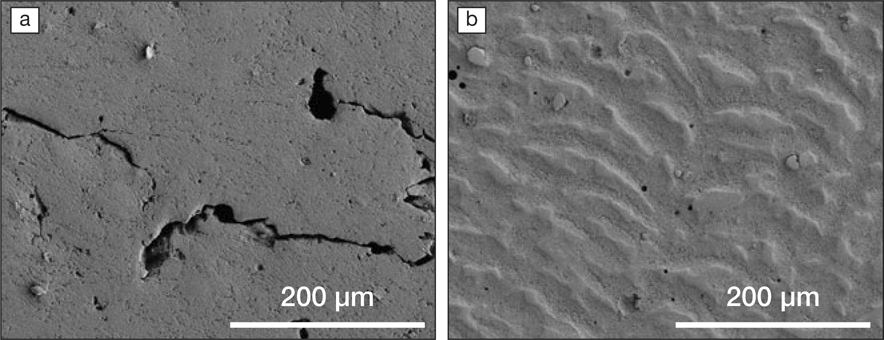While three-dimensional (3D) printers have been able to print metal parts for years, the process works only for a few industrially useful alloys. The vast majority of the 5500 alloys currently used cannot be additively manufactured. That could change soon thanks to researchers at HRL Laboratories, LLC in Malibu, Calif., who have developed a way to 3D print high-strength aluminum alloys. The method opens the possibility of 3D printing and welding light, strong alloys that are commonly used to make aircraft frames as well as car and truck parts. It might also lead to 3D printing of any metal. This work is reported in a recent issue of Nature (doi:10.1038/nature23894).
Conventional 3D printing of metallic structures involves depositing layers of metal powders and then moving a focused laser or electron beam across the layers one at a time, melting and fusing the material together to form a solid mass.
Because this fusion of metal layers is similar to welding, 3D printing works for alloys that are known to be weldable. In other alloys, such as high-strength aluminum and nickel alloys, it results in cracks that can span multiple layers. The process, called hot tearing, occurs because the grains in these alloys solidify as vertical columns, causing the alloy’s residual liquid content to get trapped between them. Later, as the solid material shrinks, the liquid film can rupture.

(a) Microstructure analysis of a 3D-printed component made with the aluminum alloy Al7075 shows large cracks; (b) when the alloy powders are coated with Zr nanoparticles before 3D printing, no cracks are observed. Credit: Nature.
Hot tearing would not happen if the alloys solidified as small grains as opposed to large columns. Scientists have tried in the past to disrupt column growth and create a granular microstructure by changing things like the 3D printing speed or the power of the laser. But that does not provide the scientists enough control over the microstructure.
So John H. Martin and his colleagues at HRL Laboratories turned to an old strategy used in metal casting, where additives are commonly mixed into liquid metals to act as seeds for crystals to grow. The researchers coated alloy powders with hydrogen-stabilized zirconium nanoparticles and then used lasers to heat them. As the metal cools and solidifies, it follows the crystalline pattern created by the nanoparticles.
To find a suitable nanoparticle material whose crystal lattice matches that of a specific alloy, the researchers had to analyze over 4500 different alloy and nanoparticle combinations using big data software.
The method works on the two most commonly used high-strength aluminum alloys—Al7075 and Al6061. Microstructure analysis of printed samples showed that while untreated alloy powders gave samples with columnar grains and a high density of cracks, the Zr-coated powders resulted in fine grains without cracks. The mechanical properties of the treated alloys were also better.
“The properties they obtained were very close to those which you’d get from a wrought, or forged, product,” says Iain Todd, professor of metallurgy at The University of Sheffield in the UK and director of the UK EPSRC’s Future Manufacturing Hub, who was not involved in the work. “An amazing feat.”
The approach should be applicable to a wide range of alloys and can be implemented using a range of additive machines, the researchers write in the article. The challenge will be to find the right kind of nanoparticle that works with other material types, Todd says, “nickel superalloys, high strength titanium, intermetallics like titanium aluminides, all of which we use in 3D printing and all of which can display unwanted behaviors in the process.”




